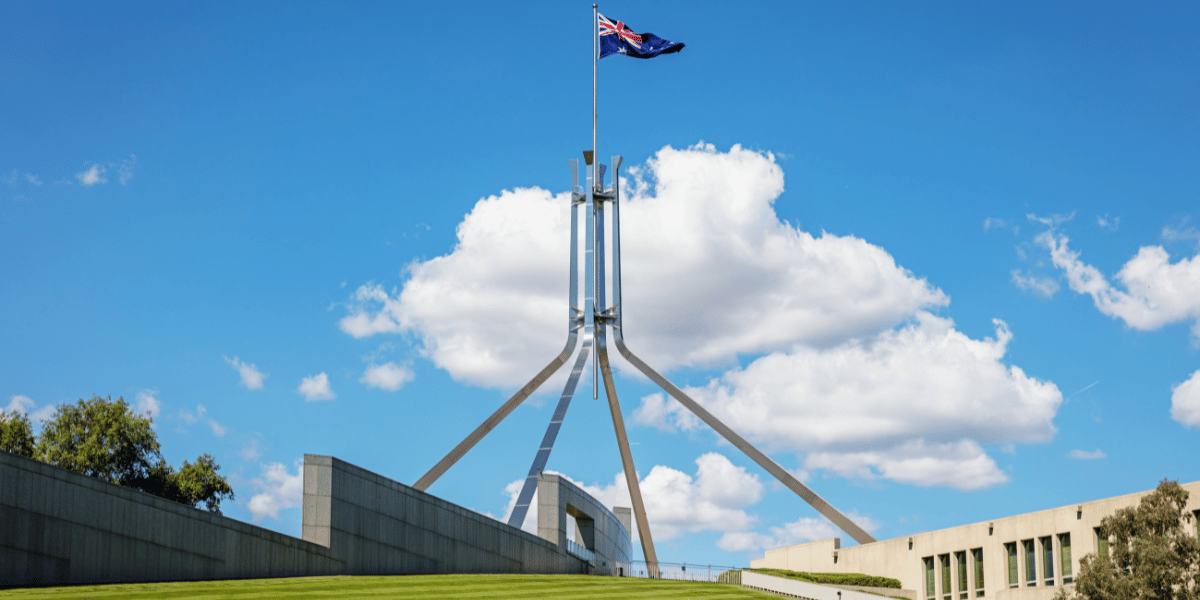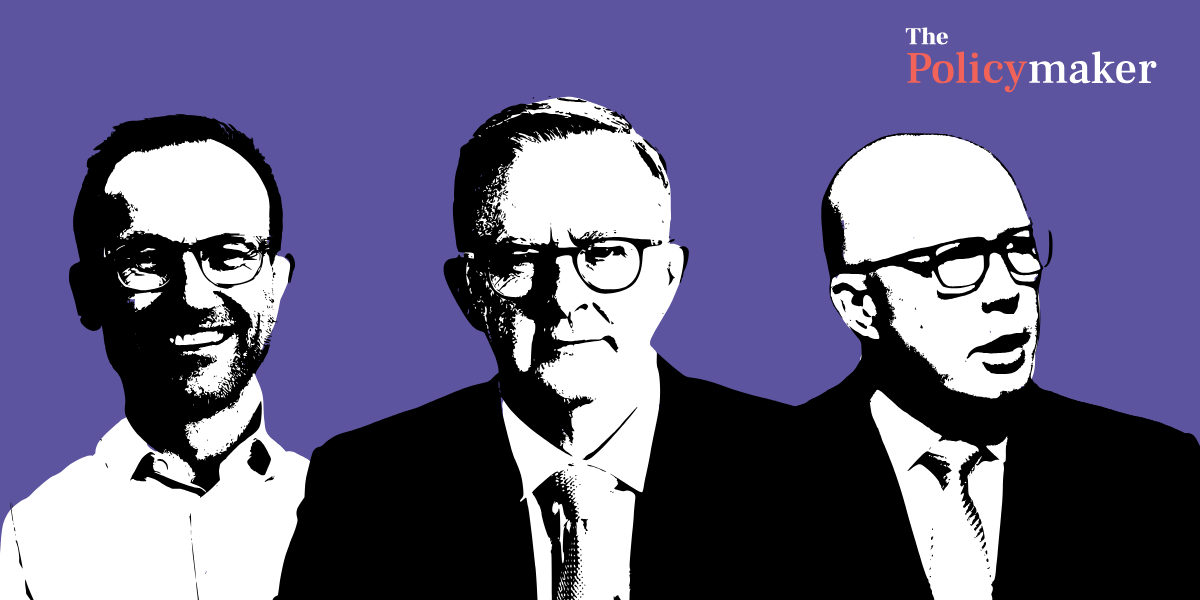7 May 2025
Ron is 63 years old. He grew up in northwest Sydney and attended high school in Epping. In the 1980s, Ron used cannabis regularly and injected heroin occasionally. He moved to Kings Cross in the 1990s and began using heroin more frequently. By the 2000s, he had been using heroin regularly for more than a decade.
When the Sydney injecting centre was established in 2001, it arrived just in time to transform his relationship with drug use. He credits the centre with his life, saying that the harm reduction service is “about the best thing I’ve seen happen in drug policy”. In describing why it works, Ron says: “I can go in there and I’m completely safe from prying eyes. I can have a shot in peace and quiet. I don’t have to worry about getting arrested. I don’t have to panic”.
I met Ron in 2022, when doing field-based research in Kings Cross about the impact of drug policy on the lives of people who inject drugs. His experience and perspective demonstrates the value of the centre as a place where people can be safe, from both the stigma of the public and from the risk of heavy-handed intervention by law enforcement. Stories such as these, illustrating the positive impact of harm reduction strategies on individuals, hold important lessons for government about how best to address the current crisis in overdose deaths.
Drug-related deaths have been on the rise in Australia for most of the last two decades. The most recent Pennington Institute Annual Overdose Report found that there were 2,356 drug-induced deaths in Australia in 2022, and that the “number of Australians who die from drug overdose each year continues its long-term rise”.
Following the recent 2024 NSW Drug Summit, the NSW Government announced a 12-month drug checking trial at selected music festivals. While this is a welcome development and certainly has the potential to save lives, most overdose deaths do not occur at music festivals. With the recent release of the Drug Summit report, and as the NSW Government considers its findings, now is an important time to be bold about using evidence to reduce overdoses.
Most government responses to overdoses have tended to focus on regulating pharmaceuticals. For instance, since 2005, each state and territory government has funded the introduction of real-time prescription monitoring systems. Federal governments, under both major parties in 2013 and 2017, have made major budget contributions to prescription monitoring programs. In 2018, the Therapeutic Goods Administration rescheduled codeine-containing medicines from over-the-counter medications to Schedule 4 prescription-only medicines.
These policy responses by state and federal governments have focused on controlling and limiting access to pharmaceuticals in general, and opiates in particular. However, this approach may be too narrow in its focus, significantly limiting its ability to save lives.
A broader policy focus that empowers people who use drugs to take care of themselves and their communities is needed. While the National Drug Strategy is focused on harm minimisation, addressing rising rates of overdose requires governments to reflect on the supply and demand reduction pillars of the strategy. Above all, government should recommit fully to the strategy’s final pillar: harm reduction.
Shifting from an opioid crisis to an overdose crisis
Government responses to overdose have primarily focused on the substance itself (especially pharmaceuticals) as the problem. This approach does not consider that the problem may not actually only be opioids, or other criminalised substances, which are involved in drug-related deaths.
People who use drugs have long argued that the policing of drug use, and its role in shaping isolated forms of drug use, creates and exacerbates the conditions under which overdose is most likely. The criminalisation of people who use drugs, and the associated stigma attached to drug use and drug dependence, is a common underlying factor associated with overdose. However, this is not commonly recognised in policy responses.
Public policy with the goal of stopping drug use altogether can have an exclusionary impact, disconnecting those who use drugs from mainstream society. Drug prohibition relegates drug use to the margins of society and generates barriers for engagement with health and social services, including access to reliable sources of information about safe(r) use of drugs. It also helps to explain why the burden of stigma is still felt even when the use of the drug is not strictly illegal, such as with pharmaceuticals.
Opioid medications alone are often assumed to be causing increases in overdose deaths. Deaths involving other medications, such as benzodiazepines and stimulants, and socially “legitimate” substance use (e.g., alcohol consumption) are removed from view. A narrow focus on regulating opioids also plays down how their use in combination with other substances is responsible for a majority of overdose deaths.
In an “opioid crisis”, public policy has inevitably become focused on regulating analgesic medications, how people access them and the systems that track their use. It may be helpful for policymakers to shift towards thinking about responding to an “overdose crisis”. Thinking in these terms provides a fuller picture of the range of substances, social environments and current policy settings contributing to an increased number of overdoses.
In taking this alternate approach, much can be learned from histories of medical surveillance and its impacts on First Nations, migrant, queer and working class communities. Such communities have experienced disparities in access to mainstream healthcare and related services, resulting in poorer health outcomes. This reflects historical exclusion from health services in some cases, as well as the ongoing effects of stigmatisation and discrimination. A focus on supply-side responses to pharmaceutical opioids may perpetuate the undertreatment of such groups and even contribute to their criminalisation.
What can be done about the overdose crisis?
The lived experiences of people who use drugs and manage prohibition can provide useful insights and answers to the current overdose crisis.
The advocacy efforts of peer user organisations, including the Australian Injecting and Illicit Drug Users League (AIVL) and the NSW Users and AIDS Association (NUAA), were at the forefront of Australia’s highly successful response to the HIV and AIDS crisis in the 1980s. Since the AIDS crisis, drug user organisations have pioneered the development of innovative harm reduction approaches and services, such as needle and syringe programs, the Sydney Medically Supervised Injecting Centre in Kings Cross and Melbourne’s Medically Supervised Injecting Room in North Richmond.
Evidence for the effectiveness of safe injecting centres includes:
- Decreasing the rate of fatal overdose, by at least 35 per cent, in areas where they have been established.
- Increasing the connection of clients to treatment, health and housing services.
- Providing clients with a sense of safety that is absent in the rest of their lives.
The clear evidence base for these services only reinforces calls for more facilities. The recommendation from the recent NSW Drug Summit to amend the Drug Misuse and Trafficking Act 1985 to expand these facilities is a promising development.
Overdose prevention, however, is about more than injecting drug use. Services that can cater to other kinds of drug consumption are also required. Just as peer user organisations developed innovative harm reduction responses to save lives in the AIDS crisis, representative user groups have begun to develop innovative and successful approaches to overdose prevention.
Tackling rising rates of overdose will require significant public investment in low-threshold harm reduction services that have been developed by, or in partnerships with, people who use drugs and that have a strong evidence-base. These services would represent a serious shift in current government approaches to drug policy, and may be seen as controversial by sections of the media and the public.
However, Ron’s story, and others like his, show that lives can be saved and changed for the better through innovative harm reduction initiatives. What was controversial at the time, is now a well-acknowledged success story. Building on this, harnessing the powerful narratives of those benefiting from harm reduction could be a useful strategy for expanding these services.
This can be part of a broader policy focus that emphasises that people who use drugs are valuable, interesting and creative members of the community, and that they are the people most directly and deeply affected by drug policy.
Policymaking in this area can often succumb to NIMBYism and the perceived unpopularity of services for people who use drugs, which is prioritised over the what the evidence says is best for reducing harm. To reverse this dehumanising effect, policy should instead reinforce that people who use drugs are just as deserving of well-designed public health programs as any other group in the community.
Overdose prevention sites are a key type of harm reduction service. These are fixed services that manage overdoses for all kinds of drug use, not just injected substances. For instance, overdose prevention sites emerged as a mutual aid practice in the face of overdose deaths in Canada. Since being declared a public health emergency in 2016, these sites have received government funding across British Colombia, and in particular in Vancouver.
The key advantages of these sites include:
- Supervising overdose events increases the opportunity for early intervention, making death significantly less likely.
- The ability to rapidly respond to changes in the drug supply.
- Operating with a no-wrong-door policy in which mental health and drug use can be addressed simultaneously.
- Providing testing for, and prevention of, Hepatitis C (and other blood-borne viruses).
- Providing reliable access to safe injecting material and equipment.
Peer-based “spotting” services are another example. These services pair people up (in-person or online) for when they use drugs, in case emergency intervention or calling an ambulance is required. These services address a key risk factor in overdose: people using alone. By allowing peers to “spot” each other and get help as needed, the risk of a serious or fatal overdose is reduced. For example, peer spotting is offered as part of Canada’s National Overdose Response Service.
These types of services have been shown to have clear benefits, including:
- Reducing social isolation among people who use drugs.
- Increasing conscious planning by people using drugs for emergency care and helping them to retain a sense of autonomy when receiving such care.
- Providing reprieve from the violence and stigma that women, trans and gender diverse people who use drugs often experience in the drug market and at harm reduction sites.
A focus on harm reduction to address the overdose crisis
Despite growing evidence of the effectiveness of harm reduction services as overdose prevention, a recent report by UNSW’s Drug Policy Modelling Program found that spending on harm reduction represents less than 2 per cent of all funding from Australian governments on drug-related programs, down from 5 per cent a decade earlier. With overdoses increasing, governments should be prioritising approaches most directly contributing to saving lives.
By viewing the problem as an overdose crisis, with deep roots in the criminalisation and stigmatisation of people who use drugs, policymakers can devote a greater share of resources to harm reduction. This can start by listening to the communities most impacted by drug use and funding the policies and practices they have already developed to save the lives of their peers.
George (Kev) Dertadian is a field-based researcher who works with people who use drugs, including the non-medical use of pharmaceuticals and injecting drug use, and among marginalised as well as structurally advantaged people who use drugs. He is interested in drug use, the sociology of crime and social harm, and social and cultural theory. As a member of the Centre for Criminology, Law and Justice at the University of NSW, Kev advocates for non-carceral responses to drug use, with a particular focus on harm reduction.
Image credit: malija from Getty Images
Features
Libby Hackett, Jordan Ward, Jack Isherwood, Bonnie Bley, Hannah Lobb, Isabella Whealing and Hugh Piper
Subscribe to The Policymaker
Explore more articles
Libby Hackett, Jordan Ward, Jack Isherwood, Bonnie Bley, Hannah Lobb, Isabella Whealing and Hugh Piper
Features
Libby Hackett, Jordan Ward, Jack Isherwood, Bonnie Bley, Hannah Lobb, Isabella Whealing and Hugh Piper
Explore more articles
Libby Hackett, Jordan Ward, Jack Isherwood, Bonnie Bley, Hannah Lobb, Isabella Whealing and Hugh Piper
Subscribe to The Policymaker








